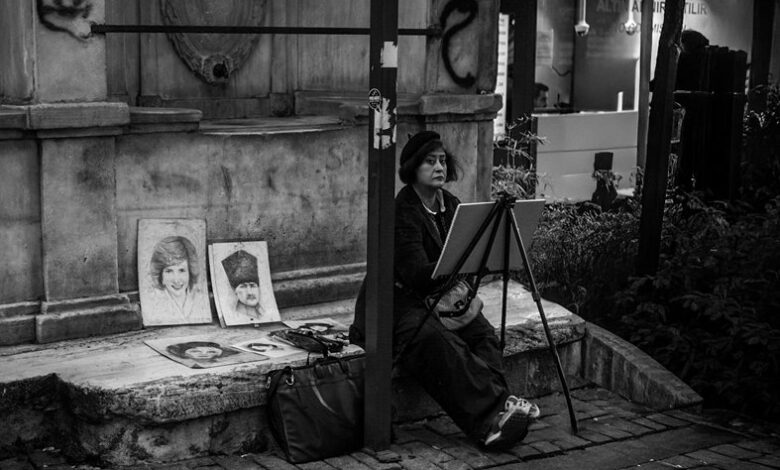Toji Age

The Toji Age marks a critical juncture in Japanese history, defined by notable advancements in art and architecture alongside deep spiritual exploration. This period not only witnessed intricate sculptures and innovative temple designs but also reflected a dynamic interplay of cultural influences. The intertwining of religious practices and governance reveals a society in transformation. Yet, the true significance of this era extends beyond its surface achievements, inviting contemplation on its lasting implications for contemporary Japan.
Historical Overview of the Toji Age
Although the Toji Age, spanning from the mid-8th to the late-11th centuries, marked a significant transition in Japanese history, its complexities often elude simple categorization.
The era’s Toji significance lies in its architectural innovations and rituals, which encapsulated spiritual and communal life.
Deep-rooted Toji traditions flourished, reflecting a society grappling with change while seeking continuity through its sacred spaces and communal practices.
Cultural Influences and Exchanges
The Toji Age was not merely a period of architectural and ritualistic development; it also served as a fertile ground for cultural influences and exchanges that shaped Japanese society.
This era witnessed a remarkable cultural fusion, as artistic exchanges flourished between Japan and neighboring regions.
Such interactions not only enriched local traditions but also inspired innovative expressions that reflected a dynamic, evolving identity.
The Emergence of Art and Architecture
As cultural exchanges flourished during the Toji Age, a distinctive emergence of art and architecture began to define the period.
This era showcased:
- Intricate sculptures reflecting deep artistic expression.
- Innovative temple designs symbolizing architectural innovation.
- Vibrant paintings that captured the spirit of the age.
- Harmonious integration of natural elements in structures.
These developments marked a profound exploration of creativity and cultural identity.
Religious Developments and Practices
Art and architecture during the Toji Age not only reflected aesthetic values but also served as a backdrop for significant religious developments and practices.
The intertwining of religious rituals and spiritual practices flourished, fostering communal identity and individual enlightenment.
Temples became sanctuaries of reflection, where symbolism intertwined with the physical, igniting a transformative quest for meaning amidst the complexities of existence.
Political Structures and Governance
The political landscape of the Toji Age reveals a complex interplay of governance systems and hierarchical structures that shaped societal order.
As power dynamics shifted, the roles of both central and local authorities became increasingly intricate, reflecting broader socio-economic changes.
Analyzing these political frameworks offers insight into how governance not only maintained stability but also influenced cultural and religious developments.
Governance Systems Overview
While governance systems can vary significantly across cultures and regions, they fundamentally reflect the values and priorities of a society.
Key elements include:
- Feudal governance structures that decentralize power.
- Local administration fostering community engagement.
- The balance between authority and individual freedoms.
- Mechanisms for accountability and transparency.
Such frameworks challenge individuals to evaluate the effectiveness of their governance in promoting liberty and justice.
Political Hierarchies Explained
Political hierarchies serve as the backbone of governance systems, shaping how power is distributed and exercised within a society.
In examining feudal hierarchies, one can discern intricate power dynamics that dictate relationships among social classes. These structures often perpetuate inequality, constraining individual freedoms while favoring elite interests.
Understanding these hierarchies is crucial for those seeking to challenge oppressive systems and advocate for greater autonomy.
Legacy and Impact on Modern Japan
The Toji Age has left an indelible mark on modern Japanese culture, with its artistic and philosophical contributions continuing to resonate in contemporary society.
This period’s economic innovations laid foundational practices that still inform Japan’s robust industrial landscape today.
Understanding this legacy reveals not only the historical significance of the Toji Age but also its ongoing influence on Japan’s identity and economic vitality.
Cultural Influence on Society
Although often overshadowed by more prominent historical periods, the Toji Age has left an indelible mark on modern Japanese society, shaping cultural norms, artistic expression, and social structures.
Key influences include:
- Evolving social dynamics
- Preservation of traditional customs
- Artistic innovation and expression
- Community engagement and collaboration
These elements collectively foster a rich cultural tapestry, reflecting a society that values freedom and continuity.
Economic Contributions Today
Building on the cultural foundations established during the Toji Age, the economic landscape of modern Japan reflects a unique synthesis of tradition and innovation.
This synergy fosters remarkable economic growth, underpinned by robust trade relations that echo historical exchanges.
The legacy of the Toji Age continues to inspire a dynamic marketplace, where ancient practices coexist with contemporary strategies, invigorating Japan’s global economic presence.
Conclusion
The Toji Age stands as a vibrant tapestry woven from threads of creativity, spirituality, and governance, each strand reflecting the dynamic interplay of influences that shaped its essence. As the intricate sculptures and innovative temple designs emerged, they served not merely as artistic endeavors but as mirrors of the society’s evolving identity. This era’s legacy, much like the roots of a flourishing tree, continues to nourish the cultural landscape of modern Japan, revealing the enduring impact of its rich historical soil.




